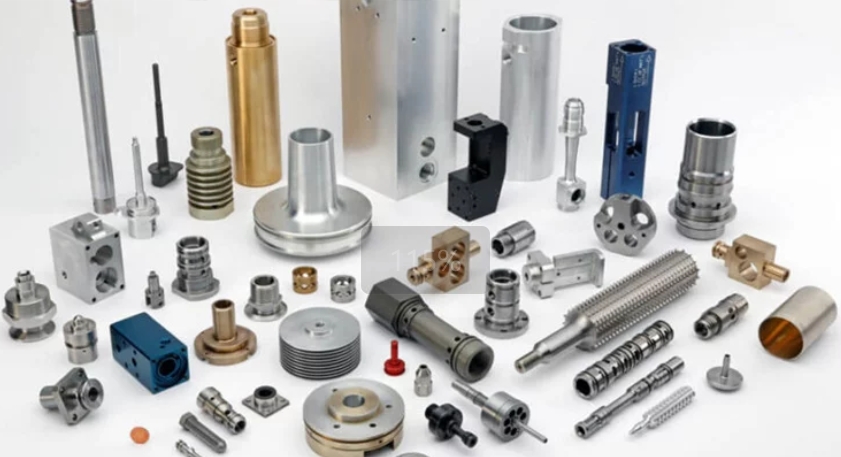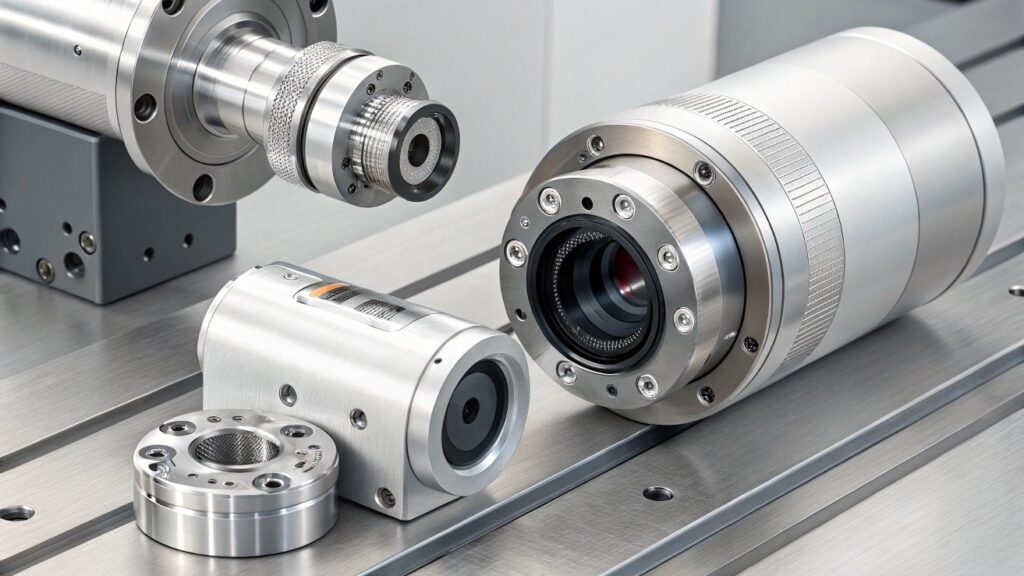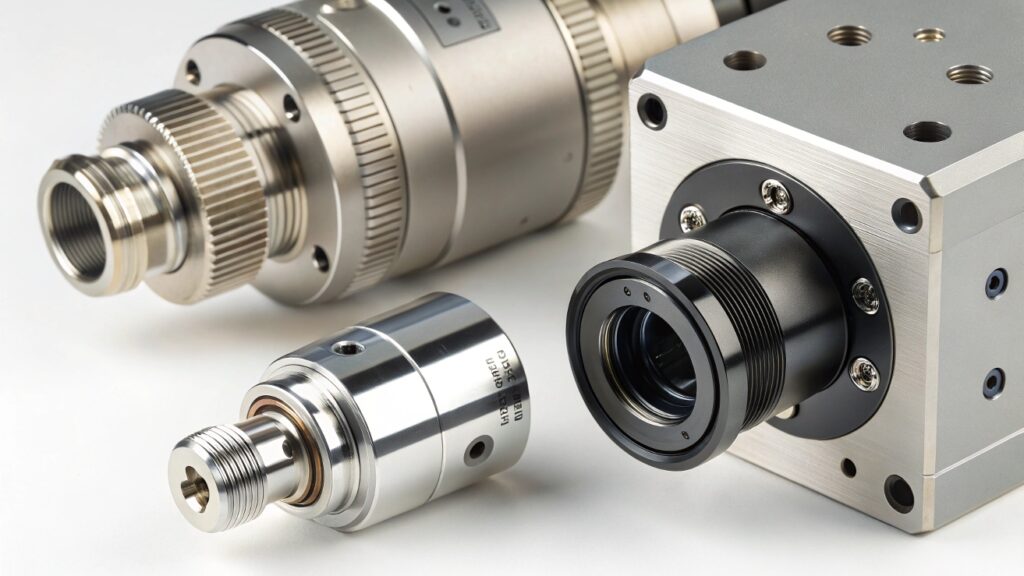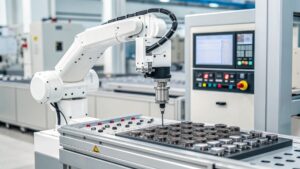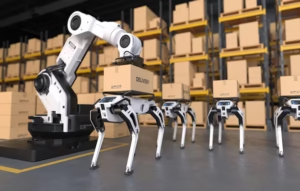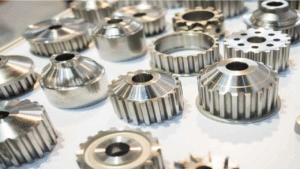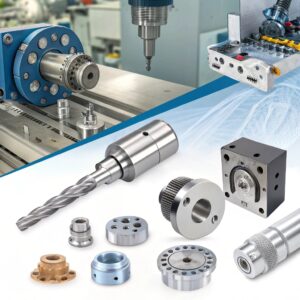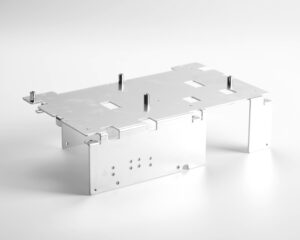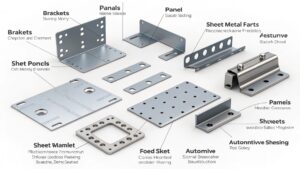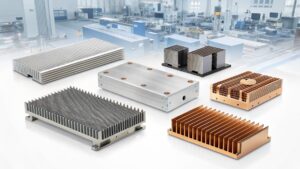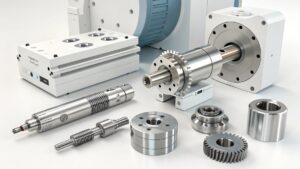CCTV cameras demand durability and adaptability to diverse weather conditions. CNC turning's precision makes it ideal for crafting components that can withstand such extremes.
CNC turned parts are essential in CCTV cameras due to their precise manufacturing, which ensures durable and weather-resistant components. This method allows for accurate production of complex geometries required for reliable camera performance in various environmental conditions.
The versatility and accuracy of CNC turning make it a popular choice in manufacturing processes. But why is it specifically used in CCTV cameras? Let's dive deeper into each aspect.
Can CNC turning parts be used in CCTV Cameras?
CCTV cameras face constant challenges from outdoor environments, requiring robust components to function correctly.
Yes, CNC turning parts are used in CCTV cameras because they provide precision, strength, and weather resistance. This makes them suitable for crafting intricate parts essential for the reliable operation of these devices outdoors.
CNC turning allows for high-precision production of various camera components. These parts need exact measurements to fit together seamlessly, which CNC turning achieves through meticulous cutting. This precision helps maintain image quality and operational efficiency, even in adverse weather. Surface treatments following CNC turning further enhance resistance, providing additional protection against weather and corrosion. This is especially vital for outdoor surveillance, where reliability is non-negotiable.
What is the advantage and disadvantage of CNC turned parts for CCTV Cameras?
Imagine the need for perfect alignment and resilience in technology exposed to the unpredictable outdoors.
The primary advantage of CNC turned parts in CCTV cameras is their precision and durability. However, these benefits come at a higher production cost, which may affect budget considerations for large-scale implementations.
The advantages of CNC turned parts include unparalleled precision, essential for maintaining camera function. This method produces components with tight tolerances, ensuring smooth assembly. Additionally, CNC turning offers flexibility in design, enabling complex geometries and custom specifications.
The disadvantages mainly relate to cost and time. CNC turning can be expensive, particularly for small-scale production. Setup and maintenance of CNC machines add to overhead costs.
| Advantages | Disadvantages |
|---|---|
| High precision | High cost |
| Durability | Time-consuming setup |
| Design flexibility | Maintenance requirements |
How to manufacturer CNC turned parts?
The journey from raw material to a high-precision camera part is both art and science.
Manufacturing CNC turned parts involves careful planning and execution. It starts with design and material selection, followed by programming a CNC machine to execute the turning operations accurately.
The process begins with selecting the appropriate material, considering factors such as strength and corrosion resistance. CAD software is used to design the part, defining dimensions and features. This design is then translated into a CNC program that guides the machine's movements. The machine uses various cutting tools to shape the material, removing excess to reveal the final form. Each step is crucial; deviations could affect the overall functionality. Post-processing may include treatments to further enhance durability. The precision of this process makes CNC turning indispensable for CCTV components.
What can replace the CNC turned parts for CCTV Cameras?
Exploring alternatives is crucial in keeping innovation alive in engineering solutions.
Alternatives to CNC turned parts for CCTV cameras include 3D printing and die casting, each offering unique benefits like reduced cost or rapid prototyping capabilities.
3D printing provides quick prototyping, allowing for rapid design iterations. It's suitable for less complex parts and can reduce waste. However, it may not match CNC's precision for intricate components. Die casting is ideal for large-scale production, offering cost-efficient solutions for simple parts. However, it lacks the design flexibility of CNC turning.
Here's a brief comparison of these manufacturing methods:
| Method | Benefits | Drawbacks |
|---|---|---|
| CNC Turning | Precision, durability | Higher cost |
| 3D Printing | Rapid prototyping | Less precision |
| Die Casting | Cost efficiency | Less flexible design capabilities |
Conclusion
CNC turned parts offer unmatched precision and resilience, making them ideal for CCTV cameras, despite higher costs. Alternatives like 3D printing offer efficiency but may lack precision.


